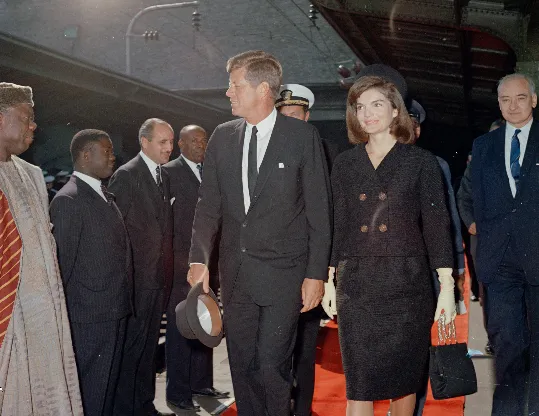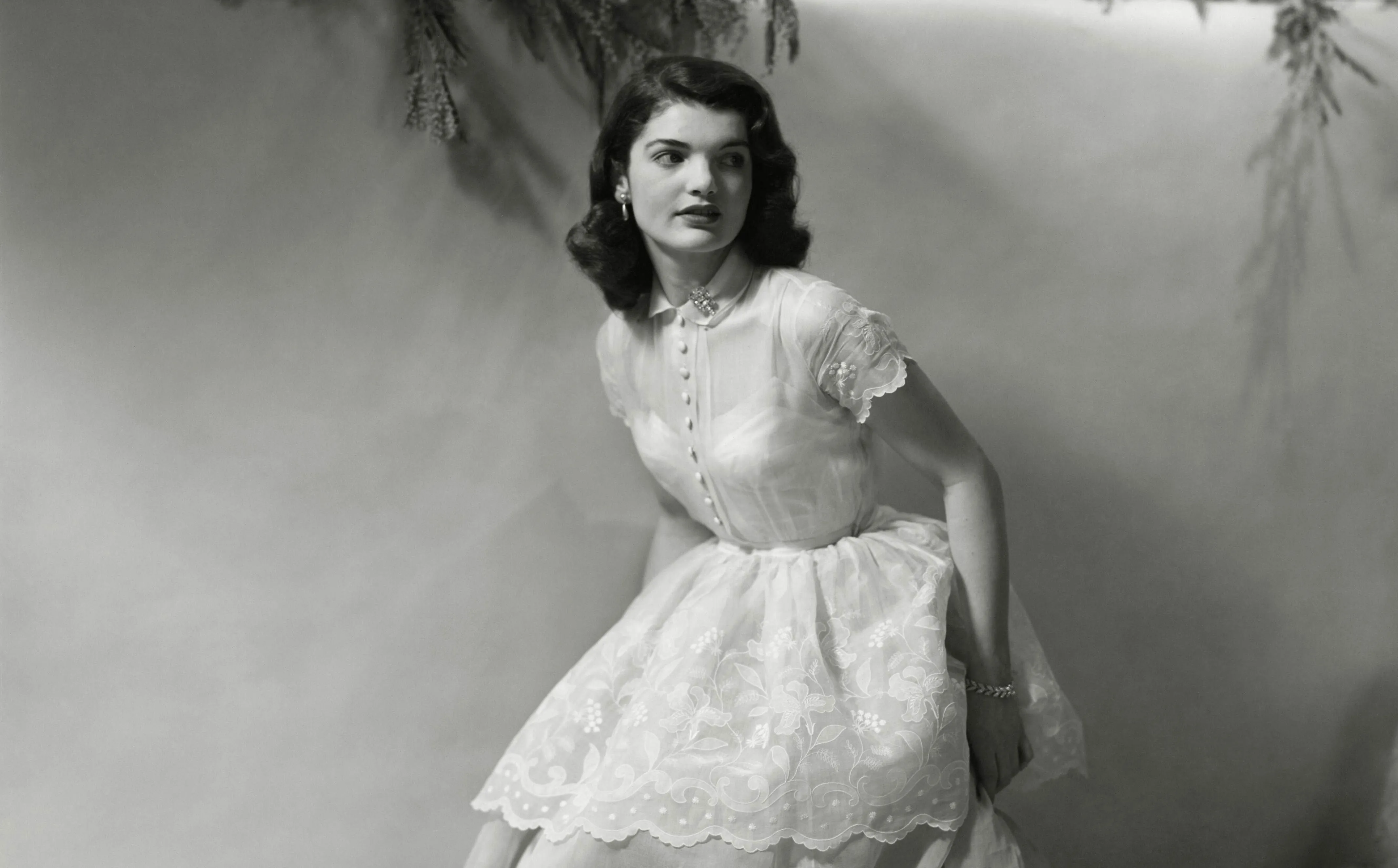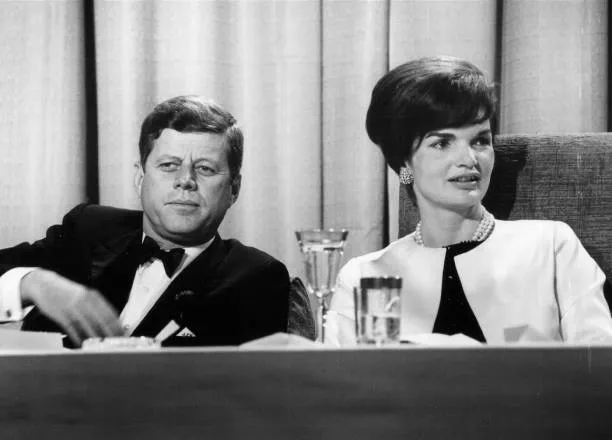In 1963, amidst the fervor of Cold War politics and the shifting tides of international relations, a significant and symbolic meeting took place at the White House. President John F. Kennedy and First Lady Jacqueline Kennedy welcomed Emperor Haile Selassie I of Ethiopia. This meeting was more than just a diplomatic engagement; it was a moment that reflected the deepening connections between nations and the enduring power of personal diplomacy.
The Context of the Meeting

The early 1960s were a period of great change on the global stage. The Cold War was intensifying, and the U.S. was deeply invested in fostering relationships with countries across Africa, which were emerging from colonial rule and seeking their place in the world. Ethiopia, under the leadership of Emperor Haile Selassie I, was one such nation.
Emperor Haile Selassie I, who had been a pivotal figure in the resistance against Italian fascism during the Second Italo-Ethiopian War, was a respected leader with a vision for a modern and unified Africa.

His role in founding the Organization of African Unity (OAU) in 1963 demonstrated his commitment to African unity and independence. The meeting with President John F. Kennedy and Jacqueline Kennedy was a testament to the mutual respect and shared interests between the United States and Ethiopia.
The Arrival of Emperor Haile Selassie I

On the crisp autumn day of October 24, 1963, Emperor Haile Selassie I arrived at the White House for what would be a memorable visit. The Emperor, known for his dignified demeanor and stately presence, was greeted with the ceremonial elegance befitting a leader of his stature.
President John F. Kennedy and Jacqueline Kennedy were at the forefront of the reception, showcasing the warmth and hospitality that characterized their approach to diplomacy.

Jacqueline Kennedy, renowned for her grace and sophistication, played a significant role in the meeting. Her keen interest in international affairs and her ability to connect personally with visiting dignitaries made her an invaluable asset in fostering diplomatic relationships.
The interaction between Jackie Kennedy and Emperor Haile Selassie I was marked by mutual respect and admiration, reflecting the personal touch that the Kennedys brought to their roles.
The Meeting: Diplomatic and Personal Exchange

The meeting between President Kennedy and Emperor Haile Selassie I was a blend of formal diplomacy and personal interaction.
President Kennedy, who had been a strong advocate for African independence and development, engaged the Emperor in discussions about global issues, including the Cold War, economic development, and African unity.
Kennedy’s forward-thinking approach to foreign policy was evident in his willingness to address these critical topics with a leader of such prominence.

Jackie Kennedy, in her role as First Lady, took a more personal approach. Her conversation with the Emperor included discussions on Ethiopian culture, history, and the challenges facing Africa.
Jacqueline’s genuine interest in these subjects was evident, and her ability to connect on a personal level with Emperor Haile Selassie I helped to strengthen the bonds between the two countries. Her elegance and poise were on full display, reinforcing the image of American diplomacy as both sophisticated and deeply engaged.
The Significance of the Visit

The visit of Emperor Haile Selassie I to the White House was significant for several reasons. First and foremost, it underscored the importance of the U.S.-Ethiopian relationship during a period of rapid global change. Ethiopia was emerging as a key player in African politics, and the Kennedy administration recognized the value of fostering strong ties with this influential nation.

The meeting also highlighted President Kennedy’s commitment to supporting African nations in their quest for independence and development. By engaging directly with a leader like Haile Selassie I, Kennedy demonstrated his administration’s dedication to promoting stability and cooperation in Africa.
For Jacqueline Kennedy, the visit was an opportunity to showcase her diplomatic skills and her genuine interest in global affairs. Her interactions with the Emperor reflected her deep understanding of the cultural and political landscape of the time, and her ability to engage with international leaders on a personal level added a layer of depth to the Kennedy administration’s diplomatic efforts.
The Impact on U.S.-Ethiopian Relations

The meeting between President Kennedy, Jacqueline Kennedy, and Emperor Haile Selassie I had a lasting impact on U.S.-Ethiopian relations. The mutual respect and understanding developed during this visit laid the groundwork for continued collaboration between the two countries.
The Kennedy administration’s support for Ethiopia was evident in subsequent policies and engagements, reflecting the positive outcome of this historic meeting.
Emperor Haile Selassie I’s visit also helped to raise awareness of Ethiopia’s role in the broader context of African politics.
By engaging with a prominent leader like Kennedy, the Emperor was able to highlight Ethiopia’s contributions to African unity and development. This, in turn, helped to foster a greater appreciation for Ethiopia’s role on the global stage.
Jacqueline Kennedy’s Role in Diplomacy

Jacqueline Kennedy’s involvement in the meeting with Emperor Haile Selassie I exemplifies her significant role in American diplomacy. Her ability to connect personally with world leaders and her genuine interest in their cultures and histories helped to enhance the effectiveness of the Kennedy administration’s diplomatic efforts.
Jackie’s contributions were not limited to ceremonial functions; she played an active role in shaping the narrative of American diplomacy during her tenure as First Lady.
Her engagement with Emperor Haile Selassie I was part of a broader effort to use personal diplomacy to strengthen international relationships. Jackie’s approach to diplomacy, characterized by empathy and genuine interest, was instrumental in building bridges between the U.S. and other nations.
Legacy of the Meeting

The legacy of the meeting between President John F. Kennedy, Jacqueline Kennedy, and Emperor Haile Selassie I extends beyond the immediate context of the 1960s. It serves as a reminder of the power of personal diplomacy and the importance of engaging with global leaders on both a formal and personal level.
The meeting also underscores the enduring impact of the Kennedy administration’s foreign policy. President Kennedy’s commitment to supporting African nations and Jacqueline Kennedy’s role in fostering international relationships contributed to a legacy of diplomatic engagement and collaboration.
For Ethiopia, the visit was a significant moment in its history of international relations. It highlighted the country’s emerging role on the global stage and reinforced its relationship with one of the world’s most powerful nations. The visit helped to solidify Ethiopia’s position as a key player in African politics and international diplomacy.

The meeting between President John F. Kennedy, Jacqueline Kennedy, and Emperor Haile Selassie I on October 24, 1963, was a historic event that reflected the importance of personal diplomacy in international relations. The interactions between the American and Ethiopian leaders showcased the mutual respect and understanding that characterized their relationship.
As we look back on this moment, we are reminded of the enduring impact of diplomatic engagements and the role of personal connections in shaping global relationships.
The visit of Emperor Haile Selassie I to the White House remains a testament to the power of diplomacy and the enduring legacy of the Kennedy administration’s efforts to foster international cooperation and understanding.



